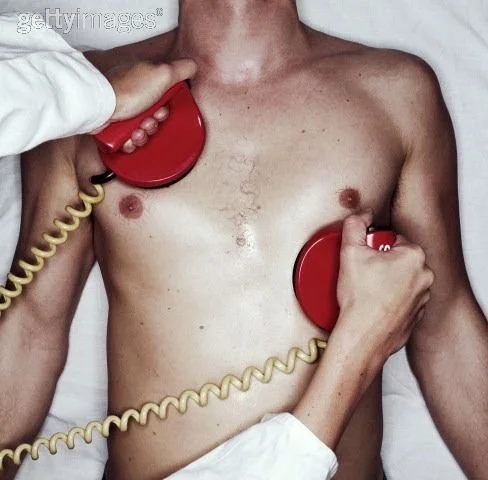Cardioversion
What is an electrical cardioversion?
Electrical Cardioversion is a process performed to correct certain abnormal heart rhythms, in particular Atrial Fibrillation, probably the most common abnormal heart rhythm.
How is it performed?
An Electrical Cardioversion is performed in hospital under full anaesthetic, although this is a very short anaesthetic lasting about 5 to 10 minutes. Normally, to ensure no clot exists in the heart, the process is combined with a Trans-oesophageal Ultrasound whilst the patient is asleep which very accurately looks at the back of the heart and can detect the presence of absence of a clot. Assuming no clot is present whilst under the anaesthetic, using a defibrillator, an electrical current is applied to the chest wall giving the patient a small electrical shock designed to convert the abnormal rhythm back to a normal rhythm. Following this, over the course of 15 mins to half an hour, as the anaesthetic wears off, the patient will wake up and have no recollection of the proceedings. A couple of hours later the patient will be allowed to go home.
Are there any risks involved?
Like all medical procedures, nothing is completely free of risk. However, electrical Cardioversions are extremely safe. The main risk involves dislodging a clot during a Cardioversion leading to a stroke. In view of this, it is mandatory that a Cardioversion be done whilst a patient is on a blood thinner called Warfarin. It is usual to double check the absence of a clot using a Trans-oesophageal ultrasound, and it is mandatory to continue the anticoagulation for at least a month and then discuss this further with your doctor.
How Successful is a Cardioversion?
The success of an Electrical Cardioversion depends very much on individual patients varying with the heart function and size and depends how long the patient has been in the abnormal rhythm. Overall, the success of getting patients back to the normal rhythm is over 90%. However, some patients will revert back to the abnormal rhythm either within a few days to a few years and this is very variable. Depending on how quickly this occurs, your doctor will decide whether it is worth doing the Cardioversion again or whether to accept the abnormal rhythm and use medications to regulate it.


